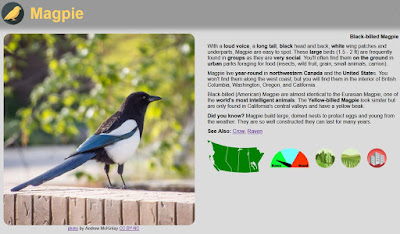Nature Conservancy of Canada – Saskatchewan is hosting a webinar at 6:30 pm, July 6, on the importance of dark skies as well as tips and tricks for stargazing and nighttime photography.
Lone trees make it easier for birds and bees to navigate farmlands, providing shelter, food, and places to land. [The Conversation]
Upcoming Events
Saskatoon Nature Society has two upcoming field trips to look for orchids on July 1 and butterflies on July 3.
Friends of the Saskatoon Afforestation Areas will be holding bio blitzes every Sunday at 2 pm from July 4-Sept. 26.
There will be a free online workshop on food forest design from 10:30 am-1:30 pm, July 6.
Find out how time and weather influence Saskatchewan’s largest snake in a noon-hour webinar on July 8 with SK-PCAP.
Local News
The Water Security Agency has received a failing grade from the Provincial Auditor for failing to regulate wetland drainage. For further information, read the Citizens Environmental Alliance's newsletter.
The Nature Conservancy of Canada’s Asquith site is now open to the public and has a mowed trail with interpretive signs provided with the support of the Saskatoon Nature Society.
Cindy Wright’s watercolours portraying the importance of bees in our society will be on display at Handmade House in Saskatoon from June 28-Aug. 21.
“Fireflies use their bioluminescence to flirt in the dark. . . . Under artificial light, males flash about half as often, while females rarely, if ever, flash back.” You can help by installing motion detectors, timers and shielding to ensure that light goes only where people need it, when they need it; keeping lights as dim as possible; and opting for monochrome red LEDs. [The Conversation]
Office buildings that leave their lights on overnight pose a serious risk for migrating birds. A research team studied one building and estimated that turning off half the lights could reduce bird deaths by 11 times in the spring and 6 times in the fall. [Anthropocene]
Do you wonder why some birds visit your backyard and not others? Many common species avoid noisy areas and even more will stay away when there is both noise and light pollution. [SciTech]
Municipal Climate Action
Miistakis Institute in Alberta has produced the following free, downloadable research reports to assist municipalities in addressing climate action:
Did You Know?
Wales plans to freeze road construction projects and focus on maintaining existing roads in a bid to reduce its carbon emissions. [Planetizen]
Project Noah is a site for photographers and naturalists. Share your photos, learn from the experts and take advantage of educational videos, lesson plans, and outdoor learning activities. [Project Noah]
Just for Fun
How and what do you feed 2,700 animals on a daily basis? Take a look behind the scenes at the Smithsonian’s National Zoo. [Smithsonian Magazine]
EcoFriendly Sask supports Saskatchewan environmental initiatives through an online publication, an events calendar, small grants, and the Nature Companion website/app.
You can follow EcoFriendly Sask by liking us on Facebook, following us on Twitter, or subscribe by email (top right corner).


